An attractive birding garden isn’t just about food; because birdbaths and birdhouses encourage wild birds to visit all year round.
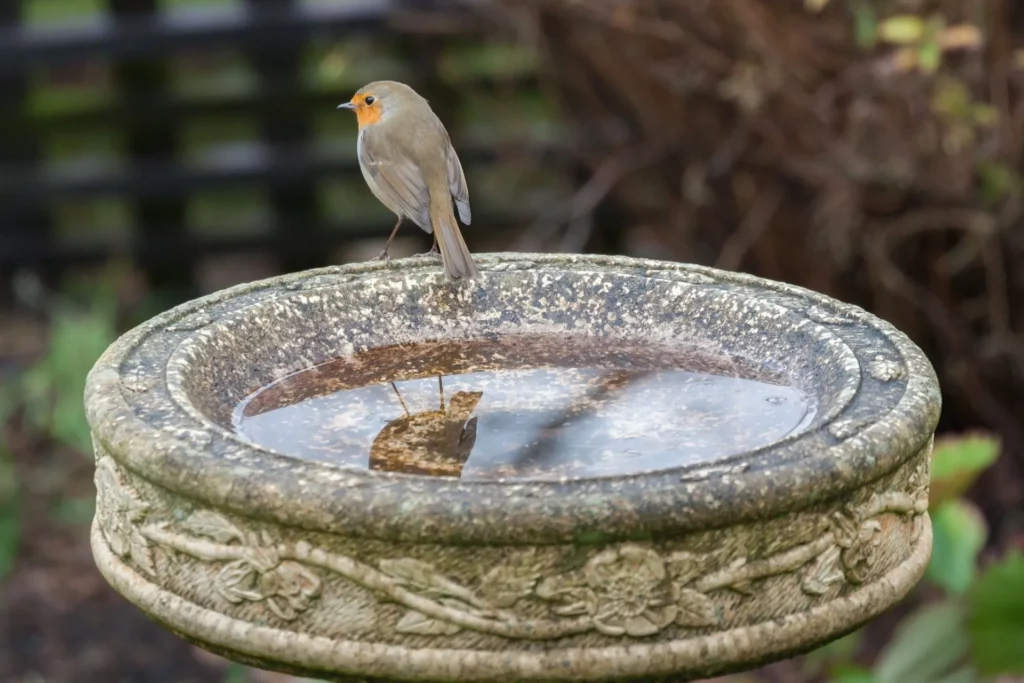
Robin on a bird bath
Birdbaths and birdhouses encourage wild birds to visit all year round, creating a birding garden.
An attractive birding garden isn’t just about food; because birdbaths and birdhouses encourage wild birds to visit all year round.

Robin on a bird bath
A birdbath gives feathered visitors a place to bathe and drink. Bathing loosens dust and parasites from their feathers, which makes preening easier and keeps plumage in tip-top condition.
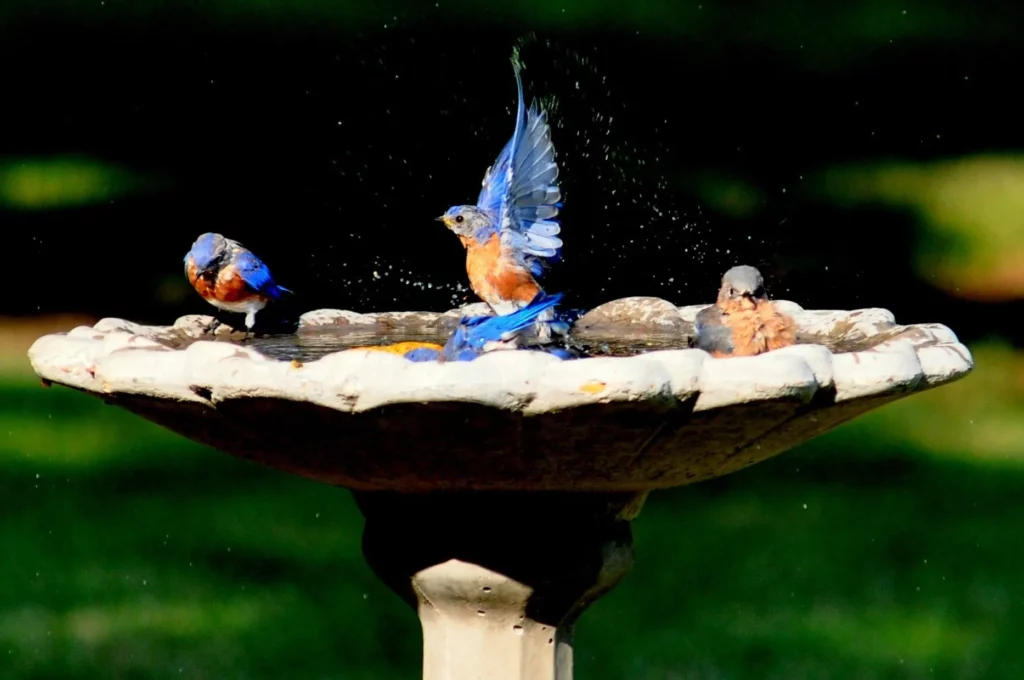
Bluebird bathing with joy
A birdbath provides valuable drinking water when the ground is frozen or parched dry. Just be sure to keep the bath clean by removing fallen leaves, change the water regularly, and scrub the sides free from algae (but take care any chemical cleaners are non-toxic to birds.
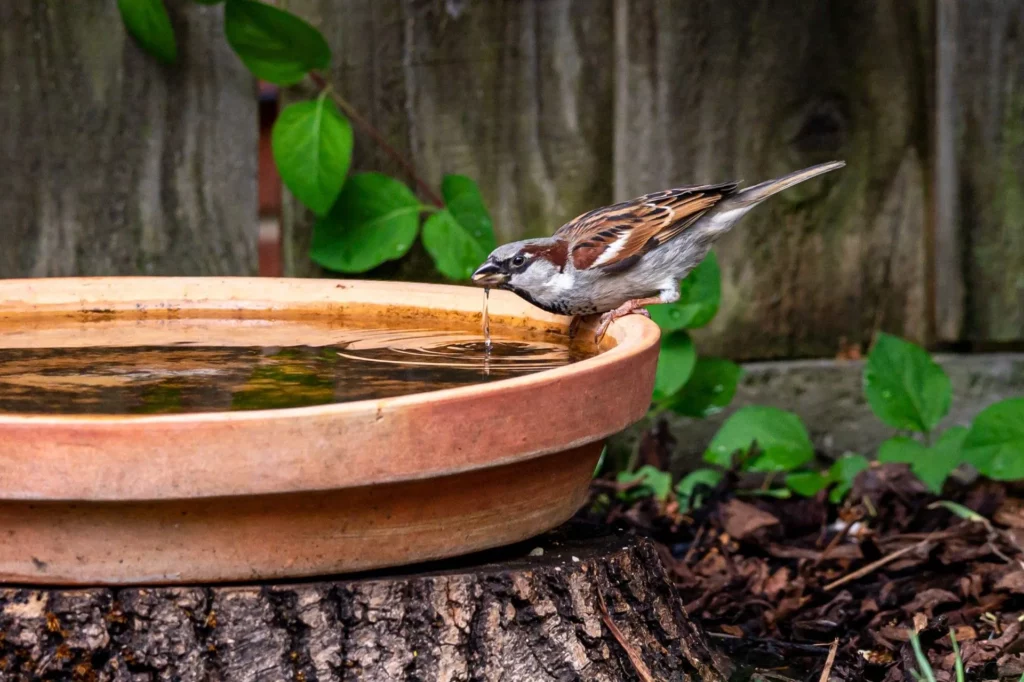
Male house sparrow, perched by the side of a bird bath drinking water
Most birds like a wide, shallow bath, placed about a foot above the ground (rather than on a tall pedestal). Moving water, such as a small fountain, attracts more birds and helps prevent the water from freezing in chilly weather. When making a choice, keep ease of cleaning in mind.
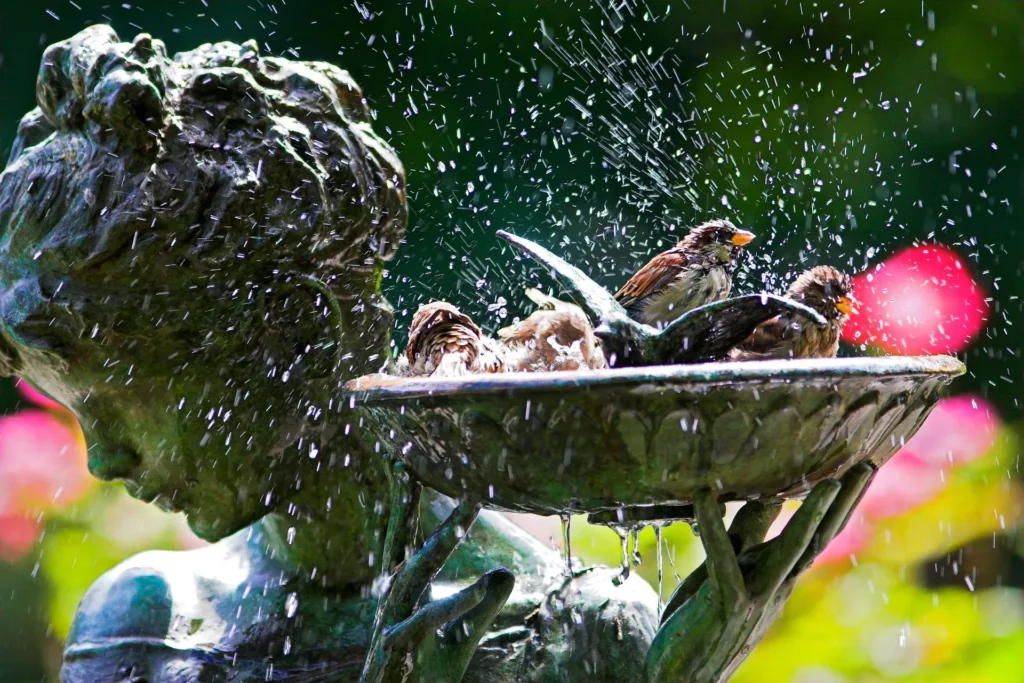
Sparrows playing and washing in a bird bath
Birds visit a birdbath to cool off so choose a shady spot, but somewhere they have a good view of what’s going on around them. Birds enjoy having perches nearby, on which to sun themselves after a bath. Putting the birdbath near a hosepipe makes topping up the water and cleaning much easier.
A male Blackbird enjoying a wash in a bird bath
Just as finches prefer nyjer seeds to sunflowers, so different bird species have preferred nesting places and houses. This gives the keen birder the opportunity to attract a favorite bird with their dream birdhouse.
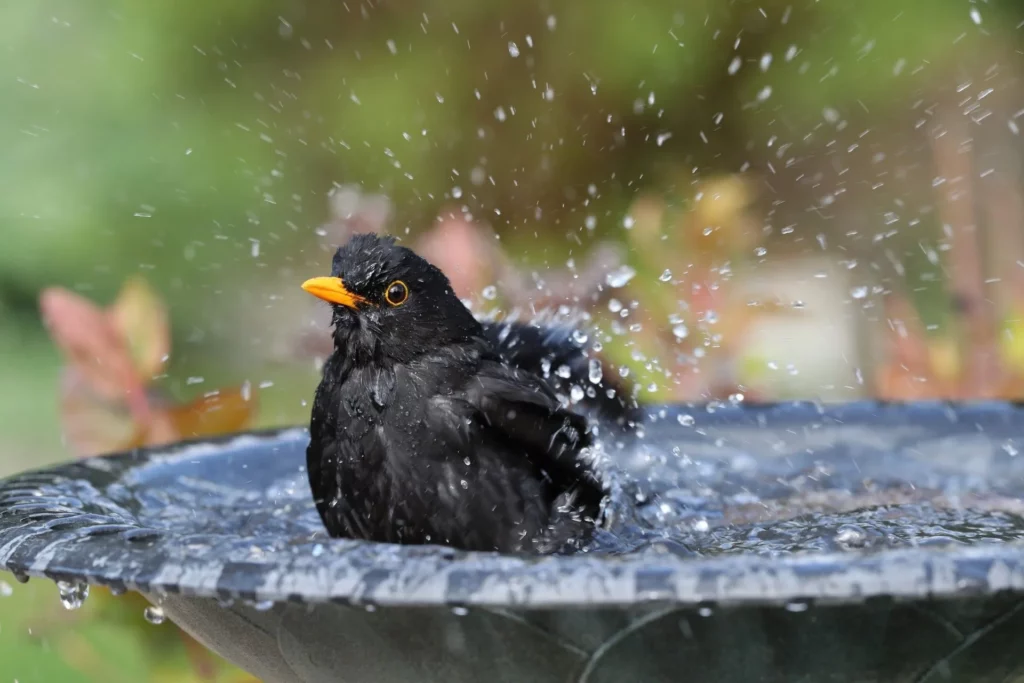
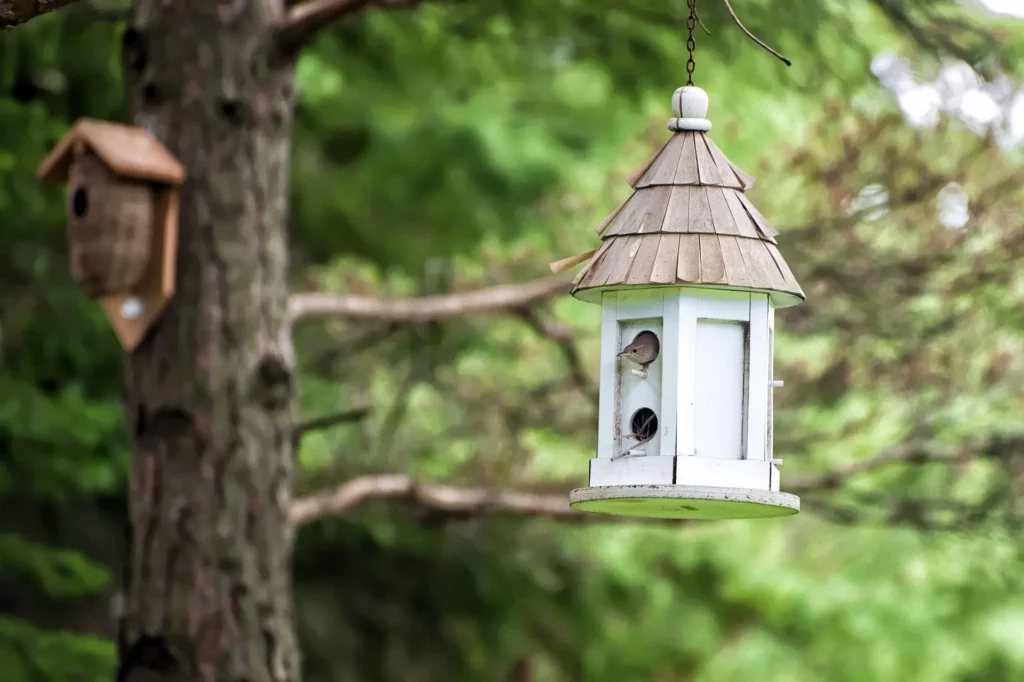
A wren peeking out of a birdhouse
Broadly speaking, there are three types of birdhouses: the nesting box, colony house, and platform.
These are cozy wooden cubes, often with a pitched roof, and a bird-sized entrance hole. The size of the entrance is important, especially for tiny birds such as wrens, since a small hole keeps out larger, more aggressive species. Nesting boxes are ideal birds such as the bluebird, chickadee, finches, flycatcher, nuthatches, owls, woodpeckers, and wrens.
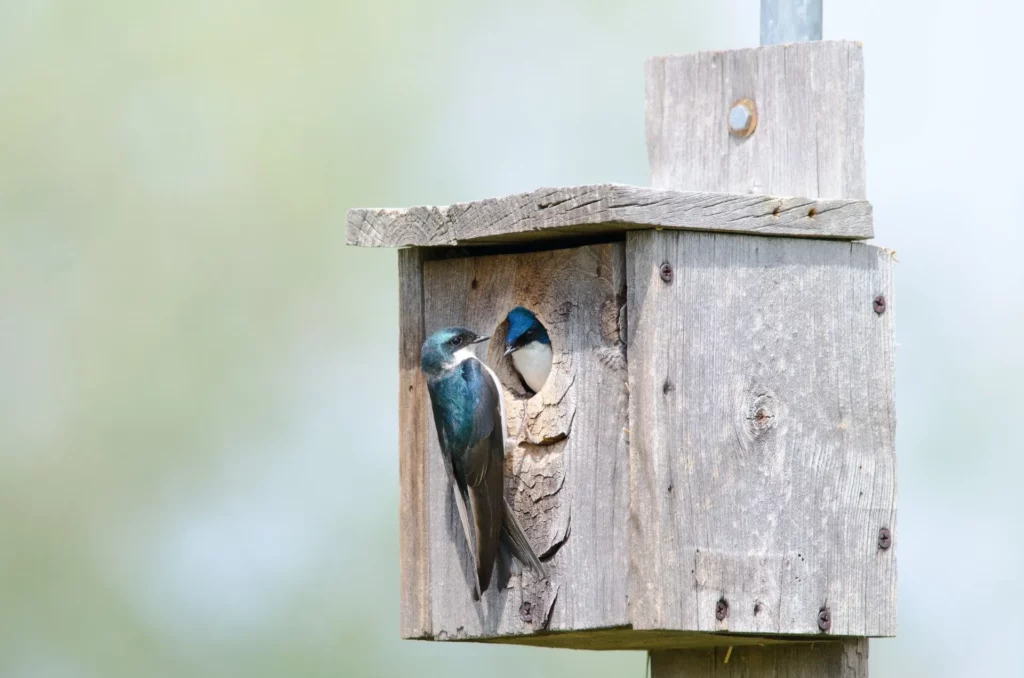
A couple of tree swallows in a nesting box
Some yard stalwarts such as the cardinal, robin, and dove are platform nesters, along with blue jays, barn swallows, and phoebes. Their ideal home is a platform floor with a lip around it, so think shelf or ledge. These are best attached under the eaves or in an open porch to create cover from the elements.
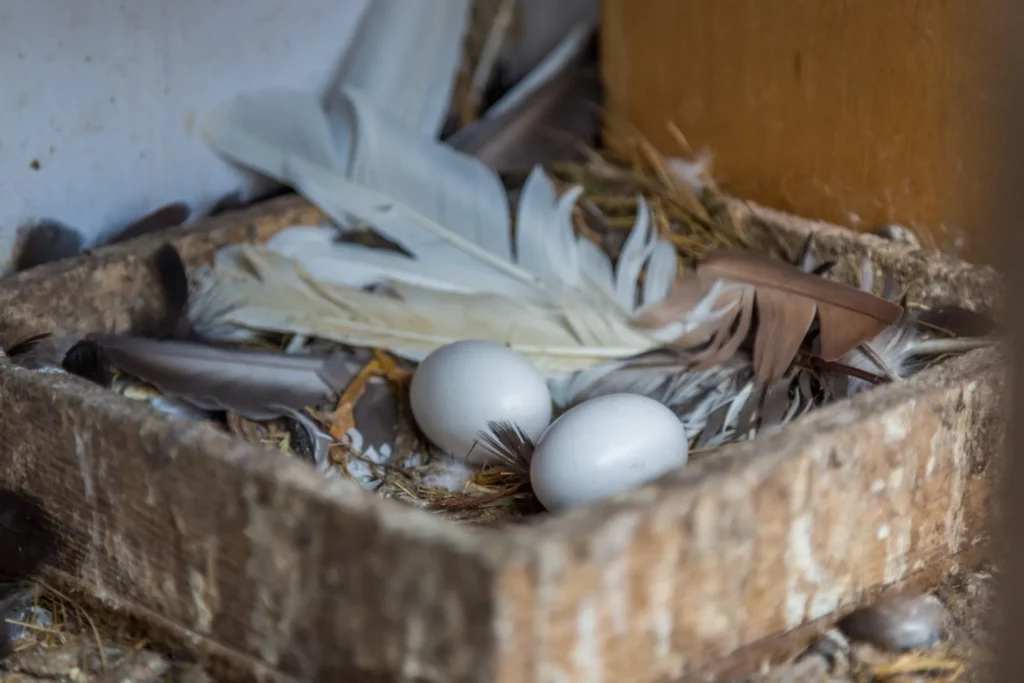
White pigeon eggs lay on the nest
A dovecote is the classic example of a colony birdhouse, favored by birds that love to live in groups or flocks. Think multi-story living with individual apartments. Alternatively, make a simple colony house by stringing up gourds. These attractive birdhouses make an eye-catching feature in any yard for purple martins, doves, weaverbirds, and some blackbirds.
Dovecote and pigeons live in a colony birdhouse
Key to finding the right location for a birdhouse is to understand the habits of the birds you wish to attract.
For example, a wren, chickadee, and tree swallows prefer a birdhouse attached to a tree or wall, around three to ten feet (0.9-3.0 meters) above the ground. Chickadees appreciate a covering of greenery, whilst the bluebird prefers a sunny spot, four to six feet (1.2-1.8 meters) from the ground.
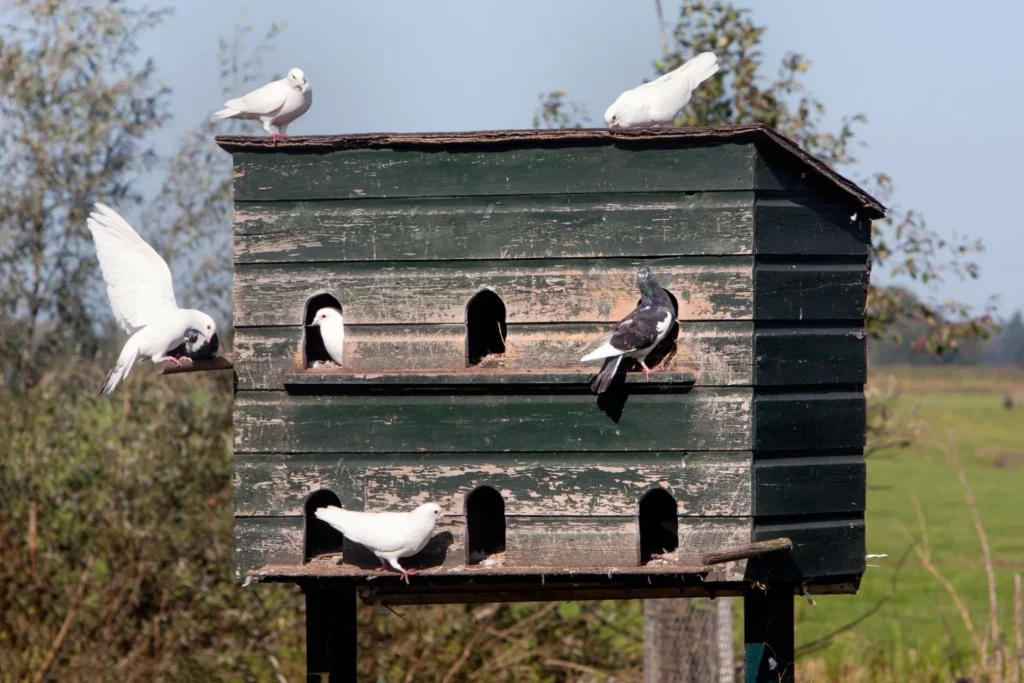
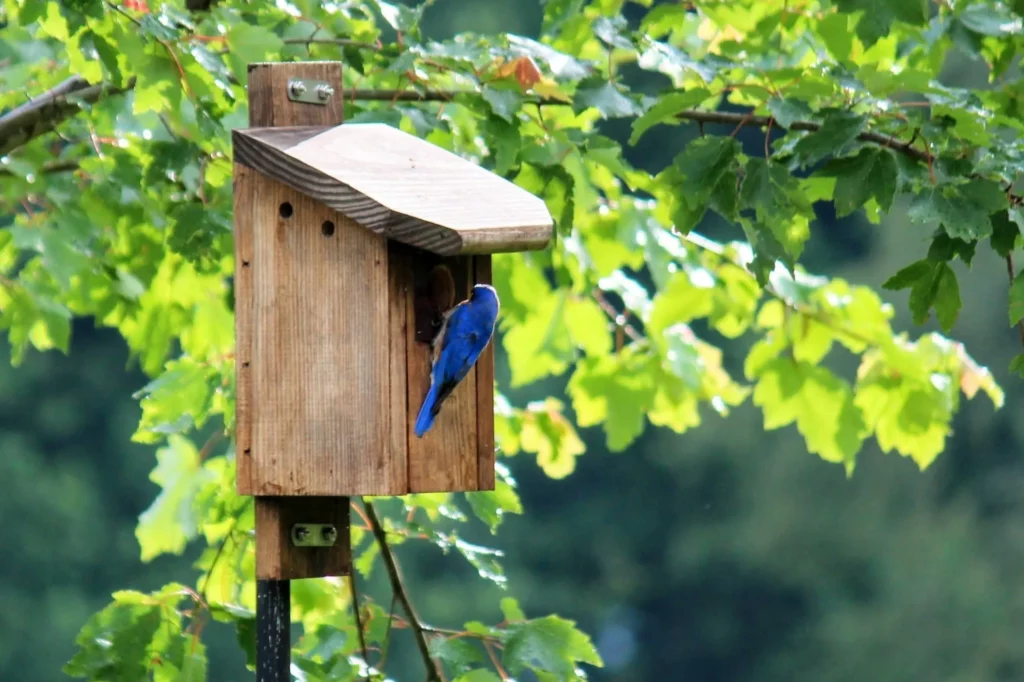
Bluebird perched on wood bird house
To attract a lively colony of purple martins, choose a spot at least 40 feet (12.2 meters) away from trees or buildings. These birds like to be up high, around 10-15 feet (3.0-4.6 meters) from the ground. However, avoid attaching the house to a tree branch as this makes it vulnerable to visiting cats.
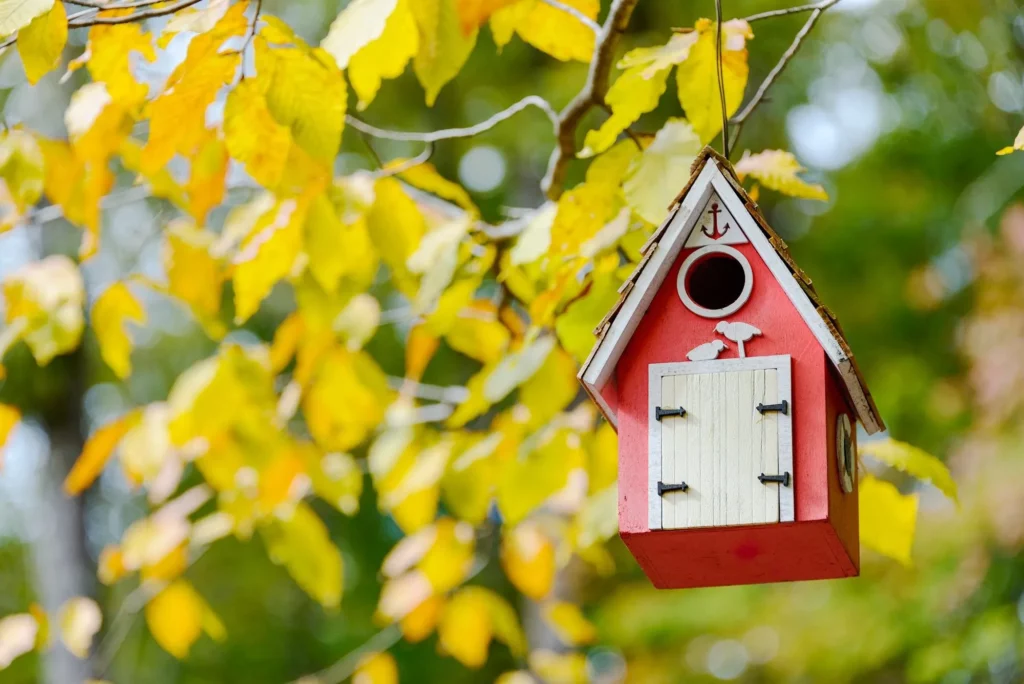
Red birdhouse hanging on a branch
As for platform nesters, such as robins or phoebes, a ledge with a view is the order of the day. Site the platform beneath the eaves, out of the prevailing wind, to provide a snug nesting spot too cozy to resist.
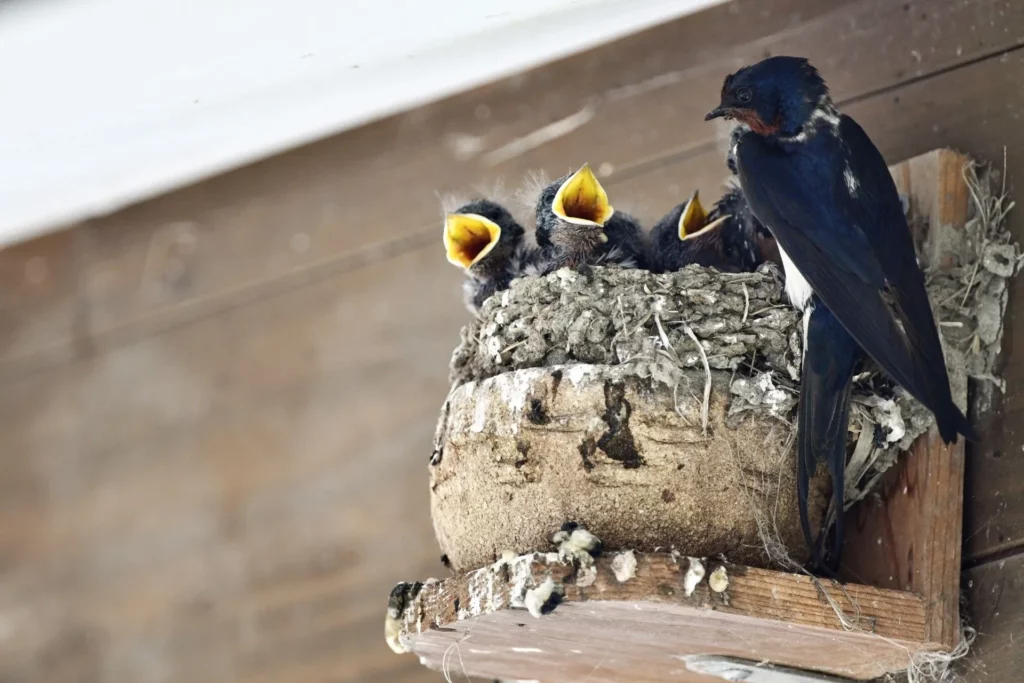
A nest for swallows under the eaves
Building a great birdhouse isn’t hard with these tips.
1. Construct the box from hardy timbers, such as redwood or cedar. Ensure the walls are at least ¾ inch thick to prevent heat buildup in the summer.
2. Keep the air fresh but avoid letting in the weather by placing half-inch diameter ventilation holes beneath the roof overhang.
3. Avoid painting the birdhouse (birds prefer the natural look), but especially avoid dark colors as these intensify summer heat.
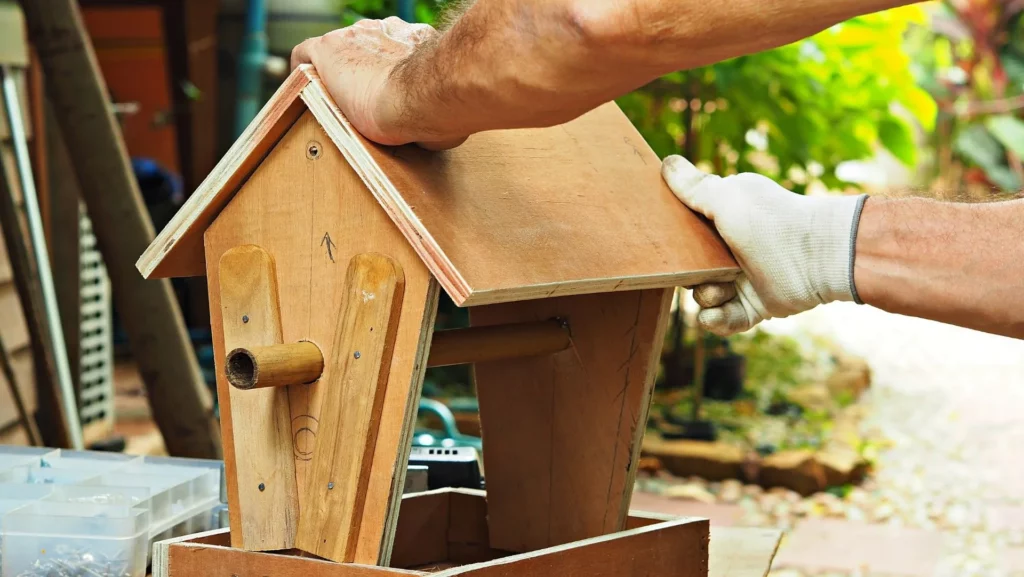
Building wooden birdhouse
4. Research the species you wish to attract, to find out the ideal size of the entrance hole.
5. Also, don’t add a perch as these make it easier for predators to raid the nest, and consider mounting a short tube (or predator guard) in front of the entrance for added home security.
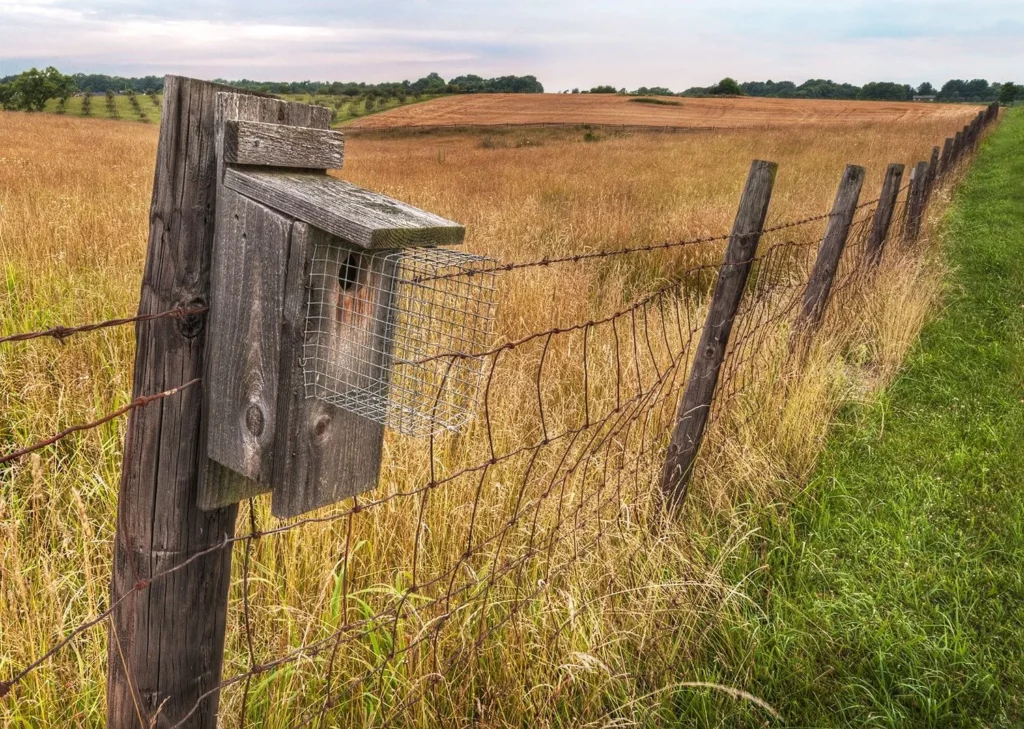
Birdhouse with a predator guard